The organizational base of "castells", as is common to all popular culture, is associationism. Building human towers is a private initiative but with a public service orientation, open to society as a whole.
Since the mid-nineteenth century, an important associative fabric has been developed as a response to the basic needs of people in Catalonia: mutual aid, education, social action, leisure, etc. Through this mechanism, many proposals, such as mutual benefit societies, schools, cooperatives, savings banks, the network of ateneus [scientific-literary societies] and cultural centres, ... were developed throughout the country. Over the years, together with democratic progress and social conquests, cultural associationism developed into what is known today as “popular culture”, in all its multiple expressions and countless facets: esbarts (traditional dance schools), choirs, bestiaries, devils, giants, sardanes (the most tipical Catalan dance), musical societies, amateur theatre, ateneus, etc. In this same context, the tradition of building human towers evolved, human constructions that nowadays reach a height of up to ten storeys. This tradition is spreading now all over Catalonia, and even abroad.
In these last decades, castells have become known as an important and significant element of popular culture. Its acknowledgement as Intangible Cultural Heritage by the UNESCO, and also its great plasticity and symbolism have reinforced this significant role.
According to Joan-Manuel Tresserras (former Minister of Culture of the Catalan Regional Government and Professor of Communication Sciences at the Universitat Autònoma de Barcelona), “popular culture and especially the human towers have over time incorporated the increasing diversity of our country, showing a great ability to introduce new ways of coordination, cooperation and management, as an evidence of good adaptability of popular traditional culture to our new social and cultural context”. Thus, this local tradition contributes to social cohesion, it promotes participation, it is a good example of providing value to the community and to its identity, and also of its capacity to maintain this joint identity.
The organizational base of "castells", as is common to all popular culture, is associationism. Building human towers is a private initiative but with a public service orientation, open to society as a whole. "Castells" are based on their members and the activities that each association engages in are strictly stipulated in their internal statutes. Associationism is the cross-cutting element that unites and inspires the whole of popular and traditional culture, and its entitities in particular. The related activity generates a full set of values that are also visible in the human towers: teamwork, solidarity, democratic organization, volunteering, the primacy of the collective over the individual, national identity, municipal or even district-scale identity, ...
For this very reason, in the context of democratic spirit and of internationalization, on June 8th the initiative “Human Towers for democracy” mobilized 71 "colles castelleres" (human towers associations) in several European cities. The aim was to raise simultaneously human towers to request the democratic right for Catalonia to decide on its own future and in favour of the referendum held on November 9th 2014.
But far beyond this claim, during the past years many colles have taken part in the project “Tots som una colla” (“We all are a colla”). A project with the objective to make this tradition known to newcomers and to integrate them in a social cohesion network in their immediate environment. Hundreds of immigrants responded to this initiative.
Benet Íñigo (from the Colla Castellera del Poble Sec, one of the associations who took part in the project) says: “We assess this initiative very positively. On the one hand, we have managed to make known a deep-rooted tradition of our culture to the newcomers’ collective. And on the other, we even conquered some of them, who got integrated into the associations with complete normality”.
Precisely in this district of Barcelona, where the immigration rate reaches 30%, the associations have had a very significant role in the dissemination of this campaign. “Many newcomers consider human towers as something too far from their own culture and if ever they see a sign outside they will not venture themselves in. But when the associations working with these groups and those other associations concerned with people at risk of social exclusion approach the topic more directly, people quickly animate themselves to join”, says Íñigo, who also stresses that the Service for Linguistic Normalisation has brought many foreign students to their association.
Some thirty associations from Catalonia took part in this project. About 250 newcomers were inducted and a docen of them finally became members of one of these associations. Guillem Soler, Director of the Coordinadora de Colles Castelleres de Catalunya (the board representing all the human tower associations), thinks that “the public support to this campaign provided by institutions allowed us to get to know these immigrants’ collectives and to get in touch with the associations dedicated to helping them. This provides us with the opportunity to develop common projects in the future”.
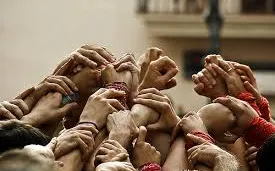
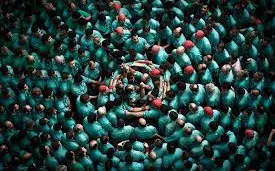
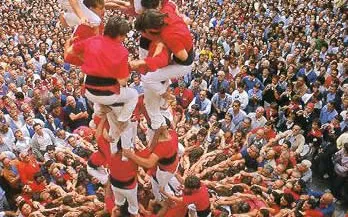
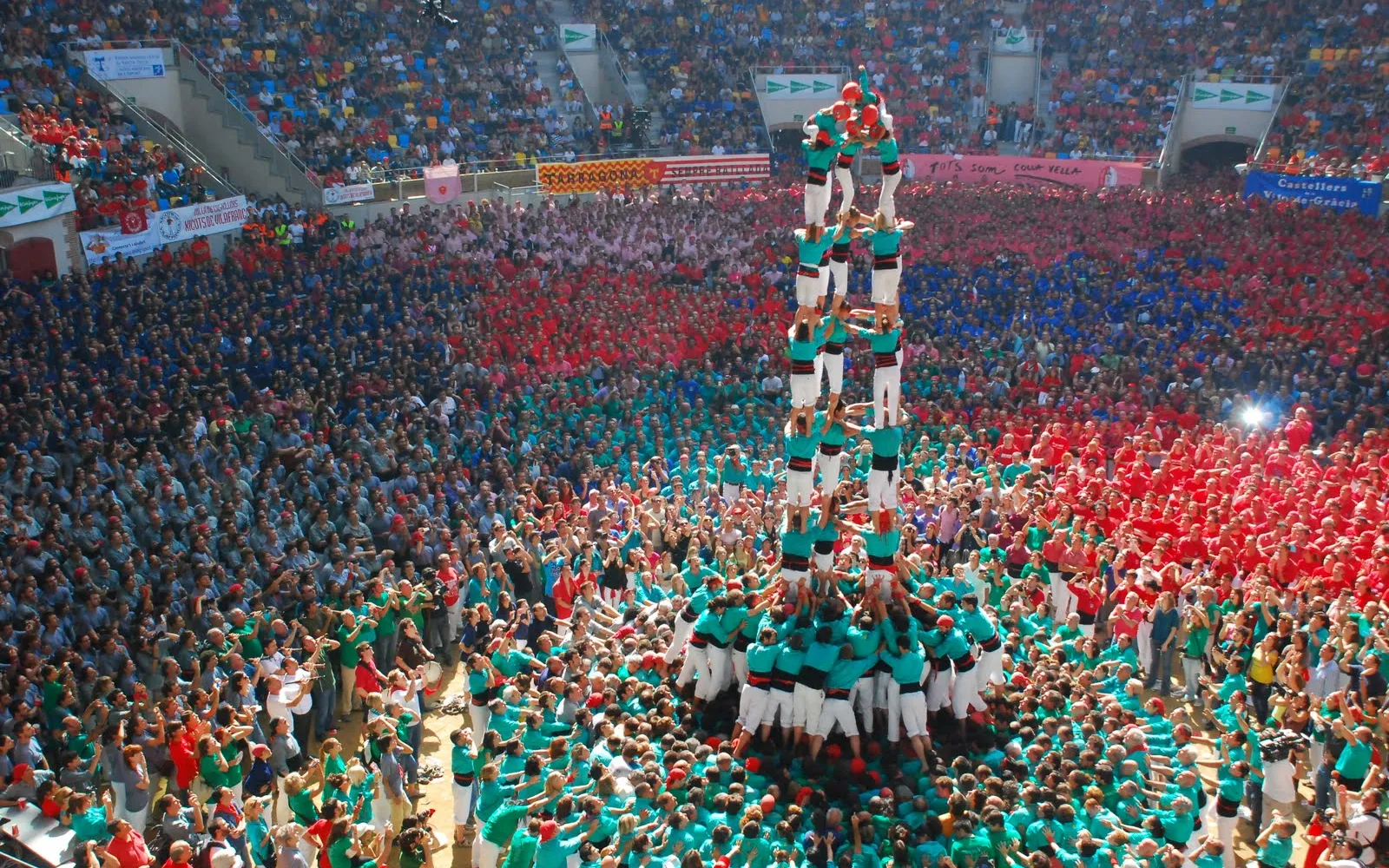



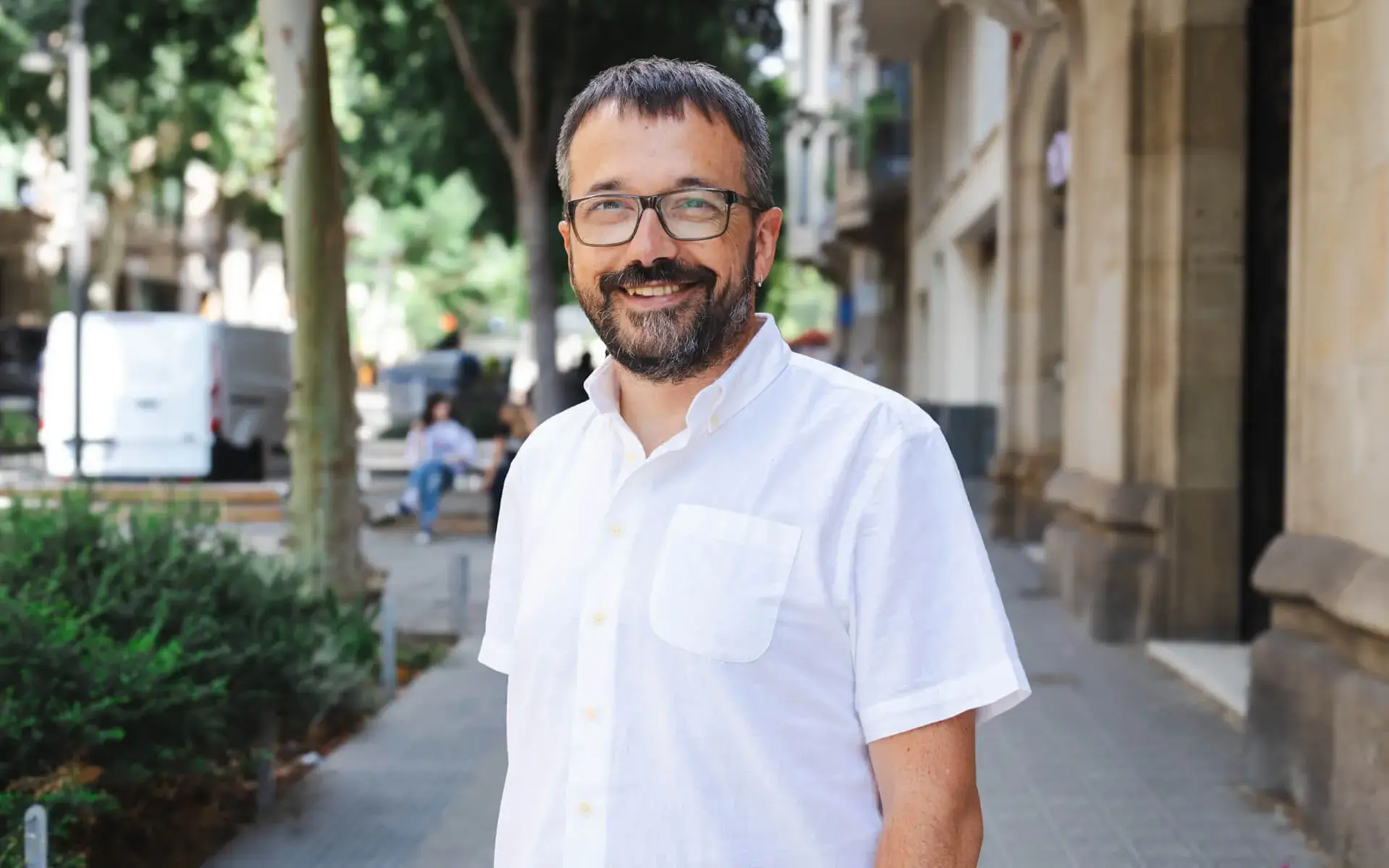
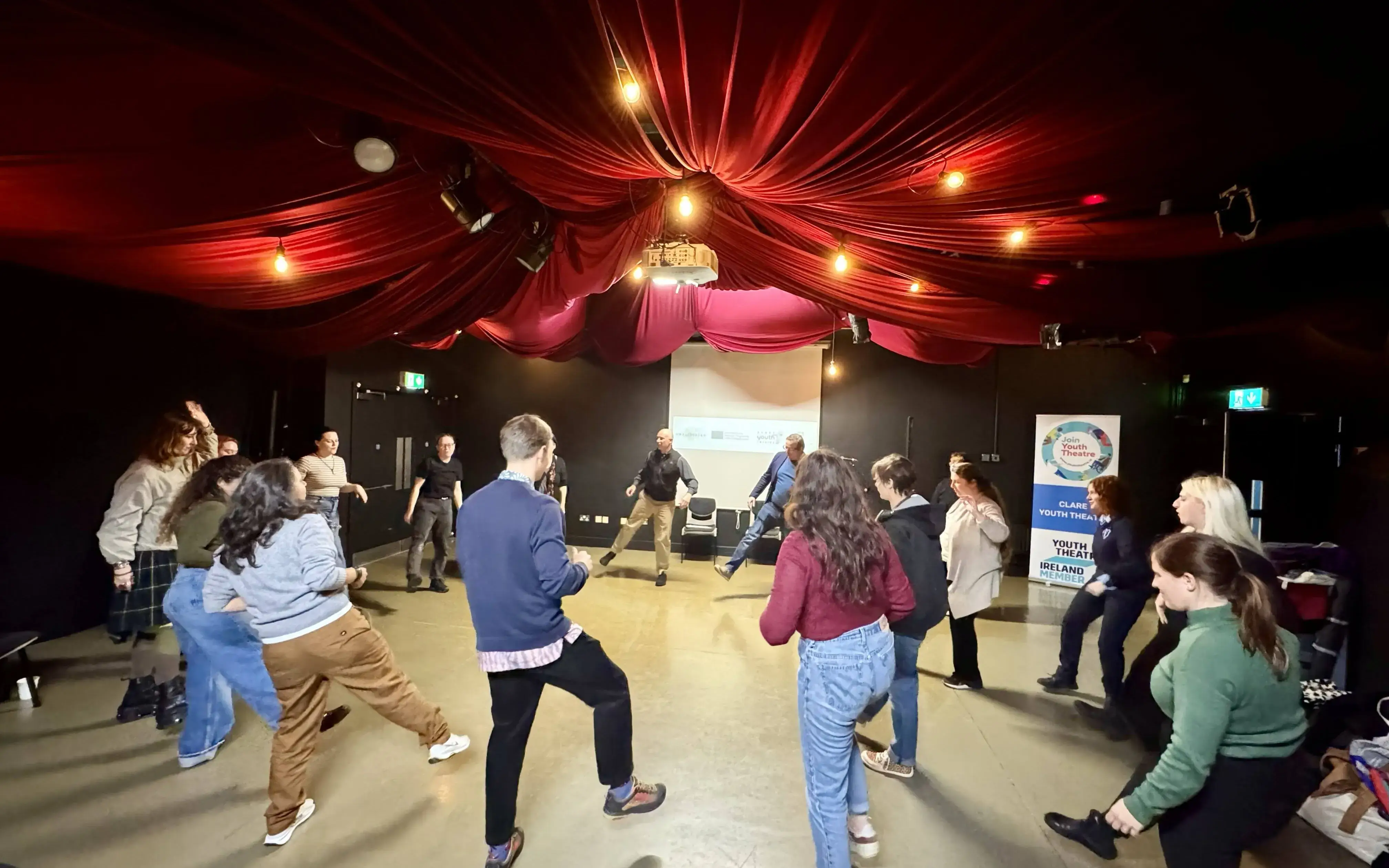
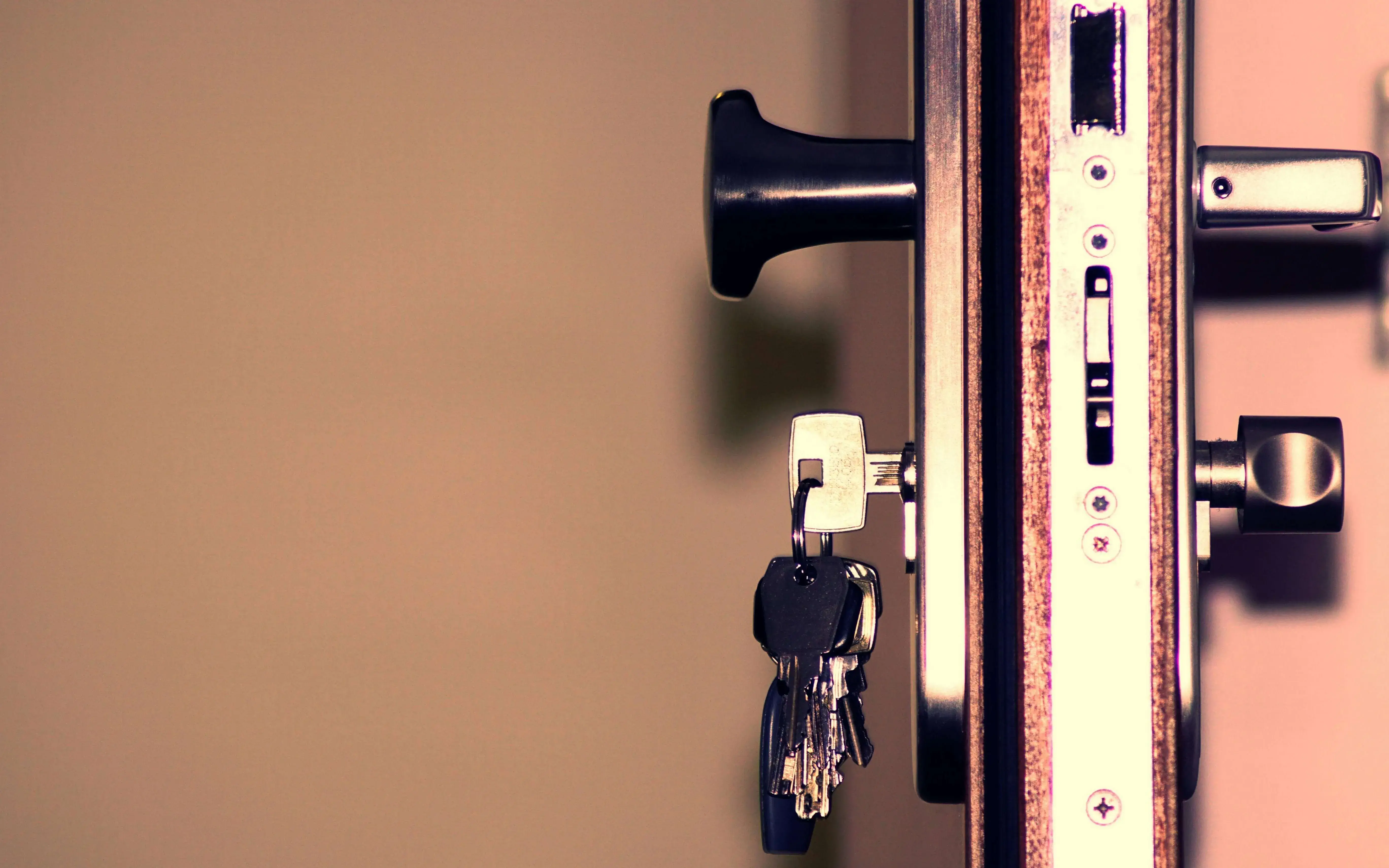
Add new comment